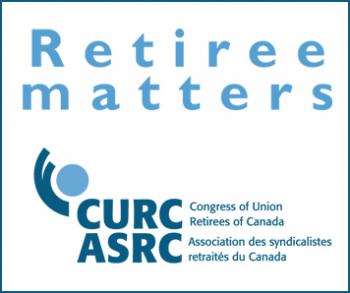On travels this summer, I went to Rochester, NY, which was the home of the Eastman Kodak operation. I visited the Eastman Museum which featured a large exhibit of the photographs of Lewis Hine. While you may not immediately recognize his name, you likely have seen his iconic photographs, especially those dealing with child labour. Life magazine deemed his photograph of the Pennsylvanian breaker boys to be one of the “100 photographs that changed the world.” His photographs of young girls working in cotton mills still have the power to move your heart a century later.
Hine termed himself a social photographer. He was critical of photographers who were content to photograph bucolic scenes or the lives of the rich. At the turn of the century, Hine photographed immigrants arriving at Ellis Island. Even during this open period for immigration, anti-newcomer feelings were widespread. The photographs of the new arrivals, especially the children, cry out for compassion. In 1908, Lewis joined the National Child Labour Committee to use his talents to tell the story of child labour to the public. He would eventually travel 100,000 miles documenting the lives of working children. He lugged his 50 pounds of camera and aids down into mines and into mills to tell the world what children as young as 10 were forced to do 10 hours a day, six days a week.
What were breakers and what did the breaker boys do? Breakers were the buildings on top of mine shafts. Noted U.S. author Stephan Crane described the scene inside the breaker: “The dust lay inches deep on every motionless thing and clouds of it made the air dark as from a violent tempest. A mighty gnashing sound filled the ears. With terrible appetite this huge and hideous monster sat … munching coal, grinding its mammoth jaws with unearthly and monotonous uproar.”
The breaker boys’ job was to sort the pieces of coal from other rocks and to divide them by size. By law they were supposed to be 14 years old, but the laws were usually not enforced and often the boys and their parents lied about their age. One of the realities for these young boys was that they received virtually no schooling — some could not even write their names. They might “graduate” to adult work in the mines and three-quarters of them would die with black lung disease or related illnesses.
One photograph in the exhibit was entitled “Homework.” It showed a very young girl carrying home not her schoolbooks but a large coat for which she would do the sewing on piecework basis at home. Other photographs showed entire families in the kitchen busy at this form of homework.
It was a very long battle but eventually child labour was banned and the laws were enforced. The 1916 national law banning child labour was struck down by the courts. It was not until the New Deal that the court blockage was overcome. The coal mines adjusted to the law by introducing machines to do the work that the breaker boys had done.
While the horrors of 19th-century coal mining are behind us, today we face the same challenges with programs like the Temporary Foreign Workers Program. And we face the same voices telling us we can’t improve things. I remember when farm workers were organizing to improve their working conditions and pay in the ’60s, Milton Friedman wrote that such action was not in workers’ interest because they would be replaced by machines if employers were forced to pay them more.
The Kodachrome that Paul Simon sang about is now only a memory but we need the 21st-century equivalent to Lewis Hine’s photographs to get the public’s attention on today’s problems. This seems to be happening in the field of environment. Documentaries and TV news can convey the tragedies that occur in the factories in Asia. The new social media could provide an answer but only if people give up the selfie and look at what’s happening around them.
Retiree Matters is a monthly column written by members of the Congress of Union Retirees of Canada (CURC) that explores issues relevant to retirees, senior citizens, their families and their communities. CURC acts as an advocacy organization to ensure that the concerns of union retirees and senior citizens are heard throughout Canada.



